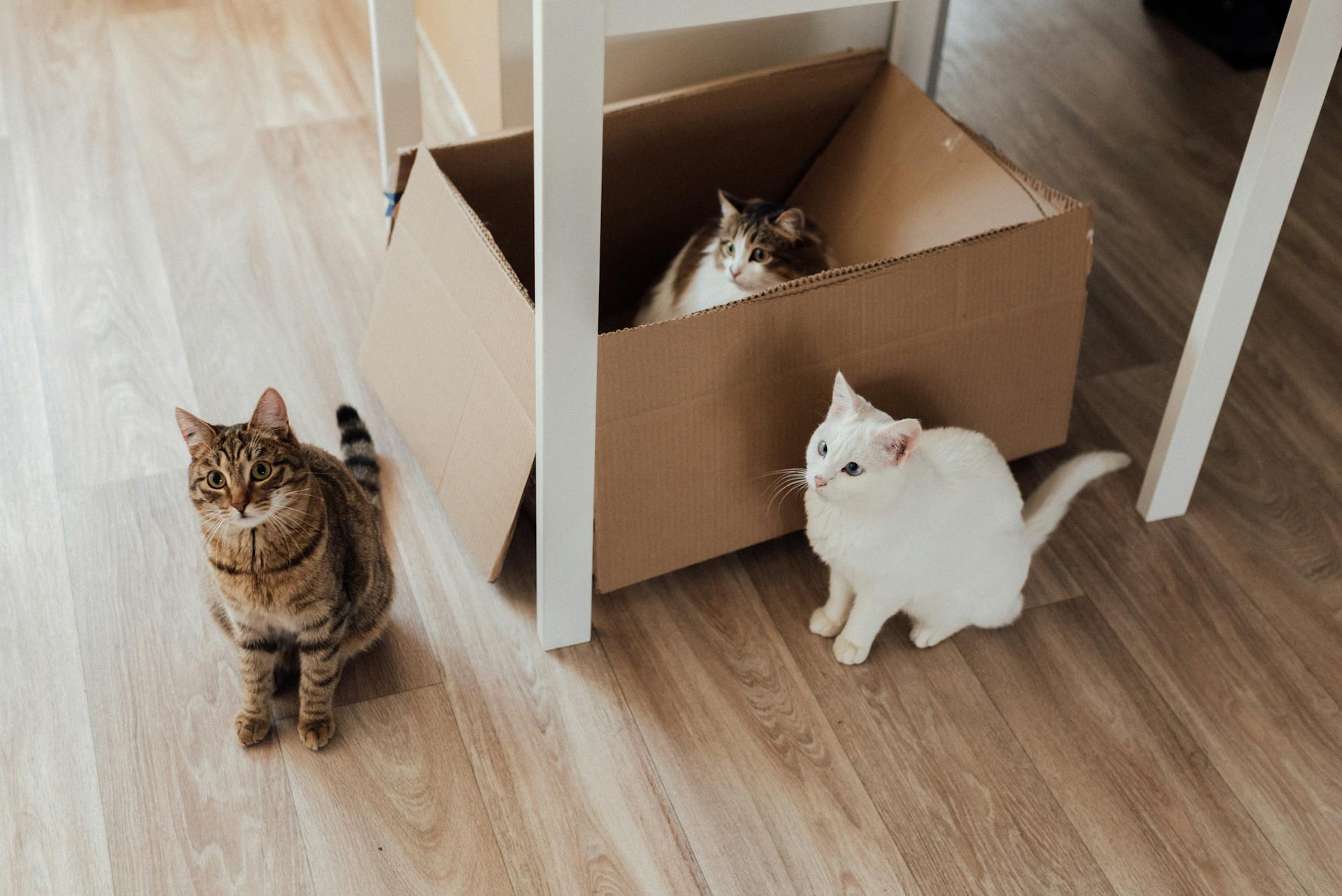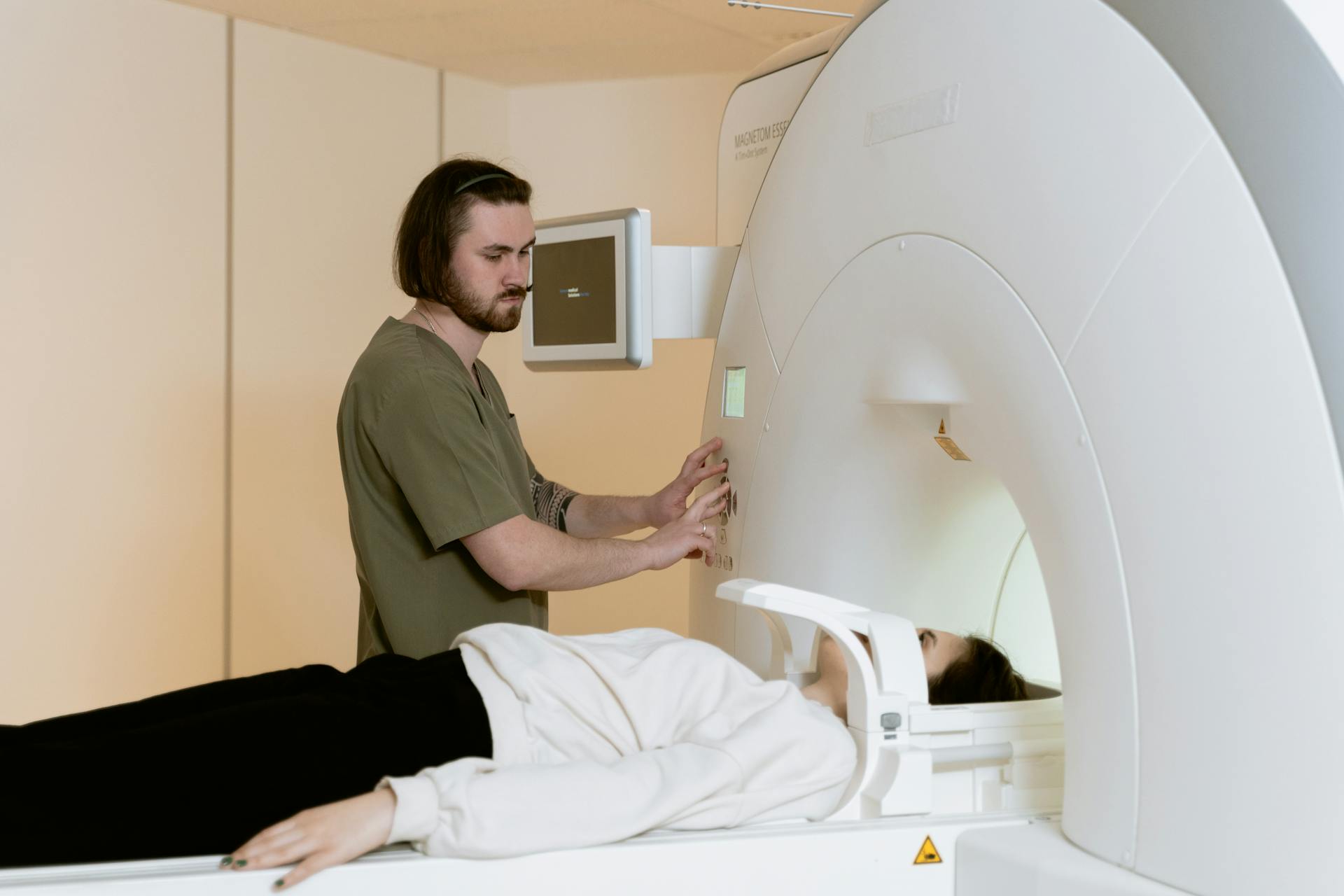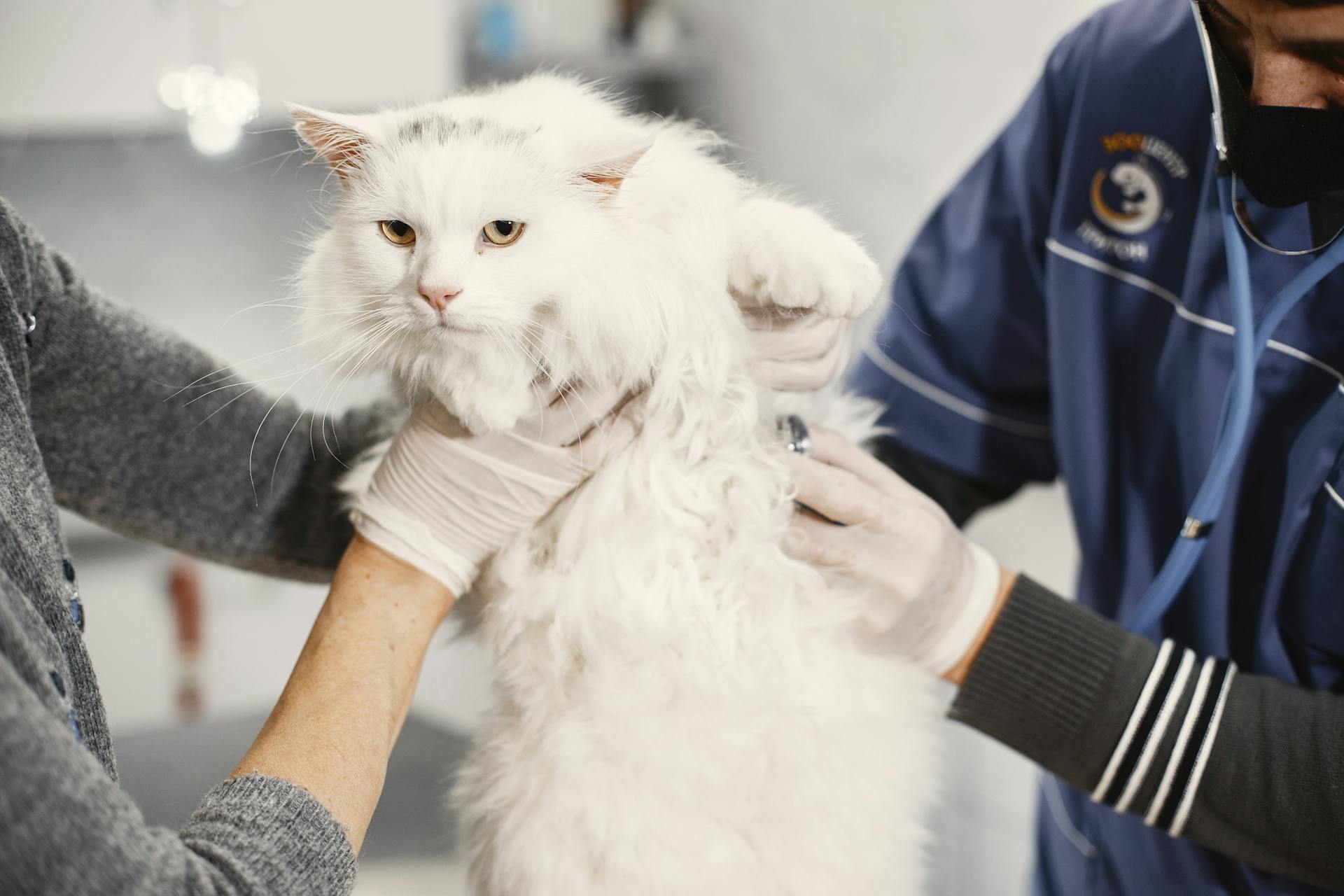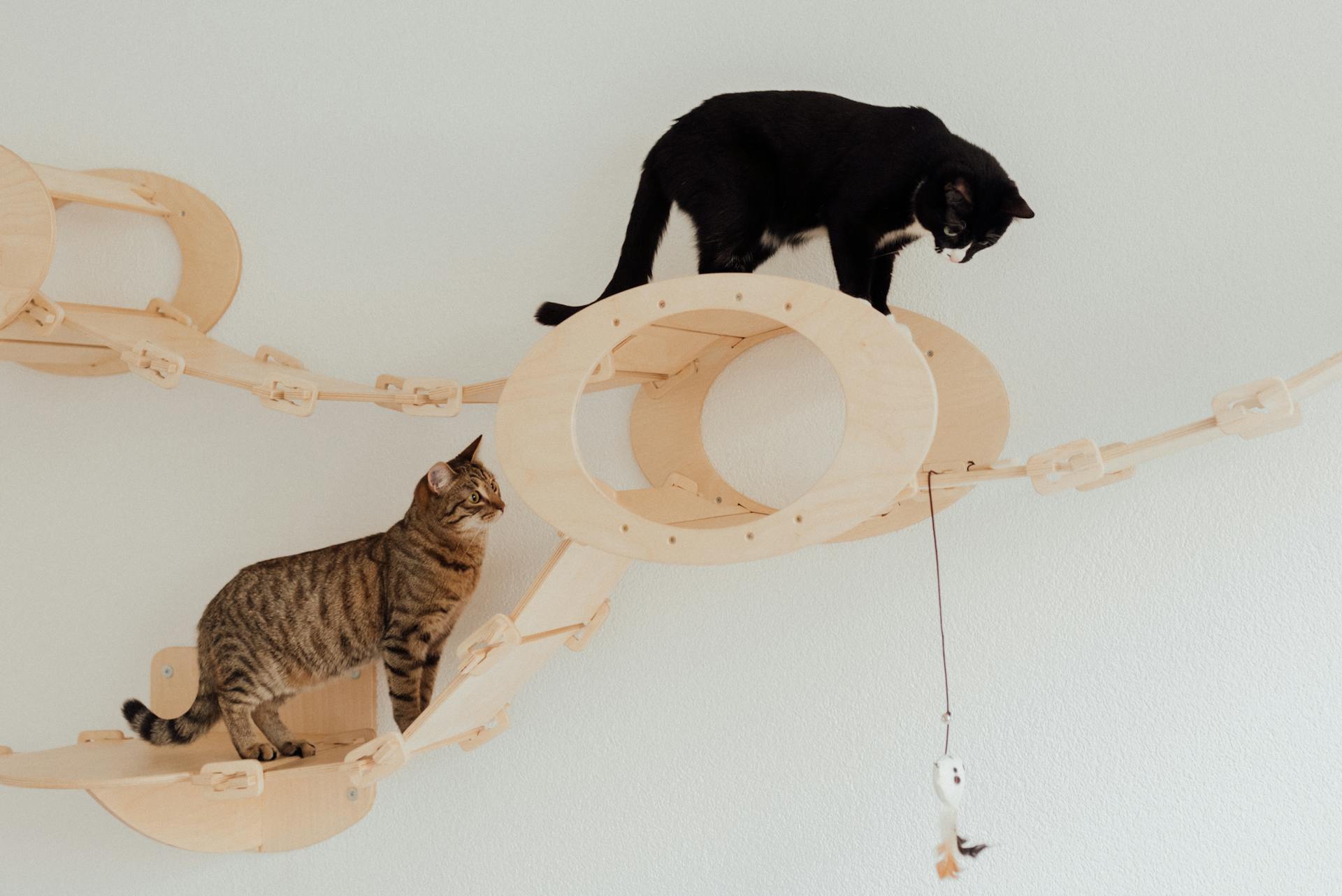
Cat zoomies are a common phenomenon where cats suddenly become energetic and start running around like crazy. They can be a lot to handle, but understanding the science behind them can help you better manage the situation.
Cats tend to get zoomies when they're feeling overstimulated or have excess energy. This can be due to a variety of factors, including playtime, changes in environment, or even just waking up from a nap.
One way to calm your cat down is to provide them with a safe space to run around, such as a cat agility course or a large room with soft flooring. This can help them expend their energy in a healthy way.
Meowing, on the other hand, is a primary way cats communicate with us. They can meow to initiate play, express hunger or thirst, or even to seek attention.
Causes and Reasons
Zoomies or frapping tends to be more common with indoor cats and young cats with higher levels of energy.
Indoor cats are more prone to zoomies because they have excess energy built up from lack of physical activity.
Young cats are also more likely to experience zoomies due to their natural high energy levels.
This excess energy can manifest in different ways, including running, jumping, and playing.
Some cats may even exhibit zoomies at night, which can be a sign of pent-up energy.
5 Reasons for Erratic Behavior
Cats are naturally more active at dawn and dusk, meaning they're crepuscular rather than nocturnal. This is because wild cats would hunt during these cooler times of day.
Younger cats, in particular, tend to be more energetic and may exhibit erratic behavior, such as zooming around the house or running up and down the stairs.
Zoomies or frapping is more common in indoor cats and young cats with higher levels of energy, and can be caused by excess energy from hunting behavior or other factors.
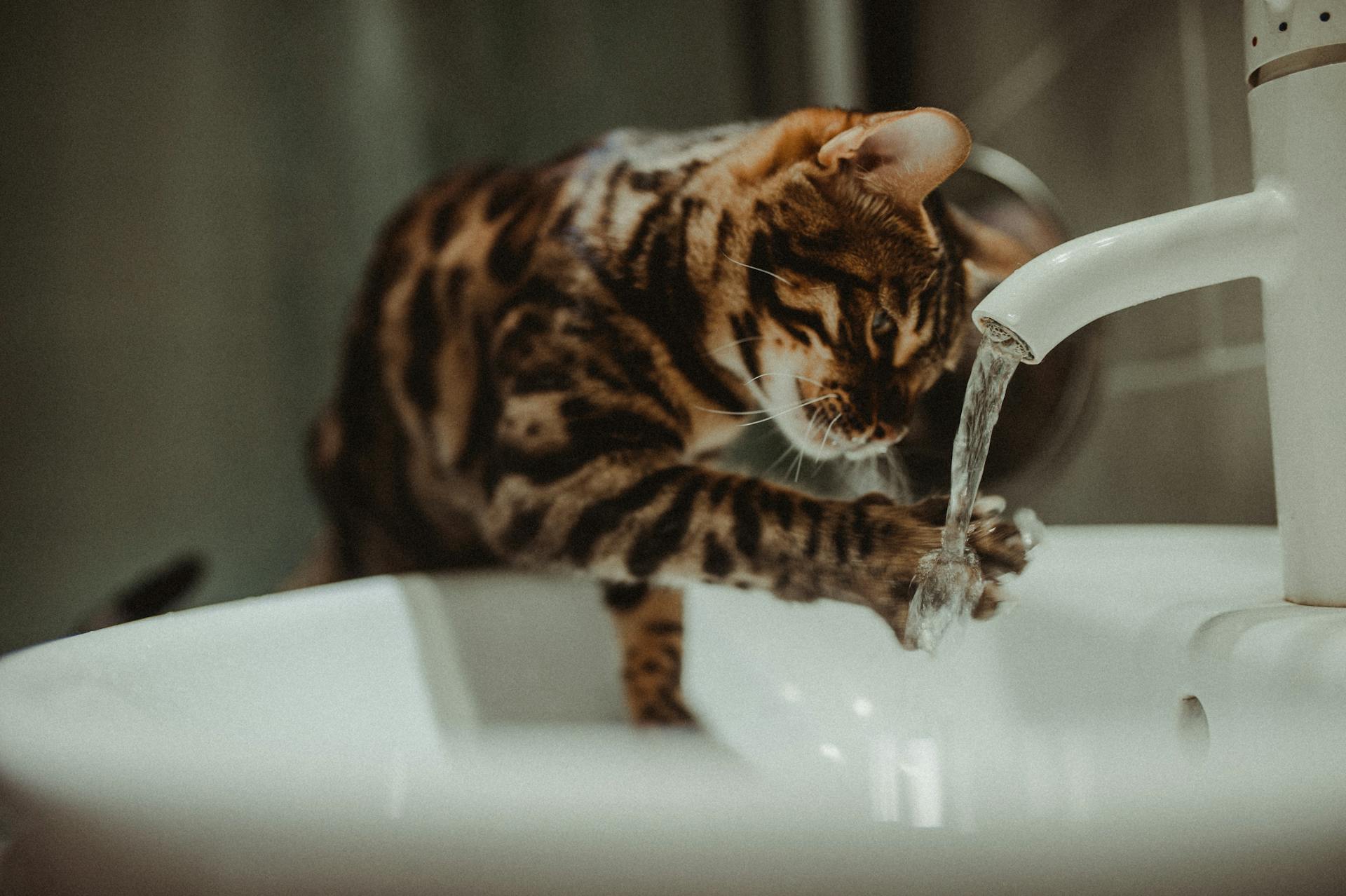
In the wild, cats would naturally expend a lot of energy and adrenaline hunting and catching prey, but domesticated house cats don't use as much energy since their food is provided for them.
Cats may exhibit bursts of high energy first thing in the morning or late at night because this is when they're naturally programmed to feel more active, mimicking their wild ancestors' hunting behavior.
If your cat is waking you up at night, it's likely because she's young and healthy, and engaging in normal signs of play, such as pouncing, stalking, or meowing.
Why Do Dogs Get Zoomies?
Dogs get the zoomies for various reasons, just like cats do. Some are related to dog behavior and others have a medical connection.
The zoomies in dogs are often a result of excess energy and pent-up excitement. They need to release it somehow, and running around is a great way to do so.
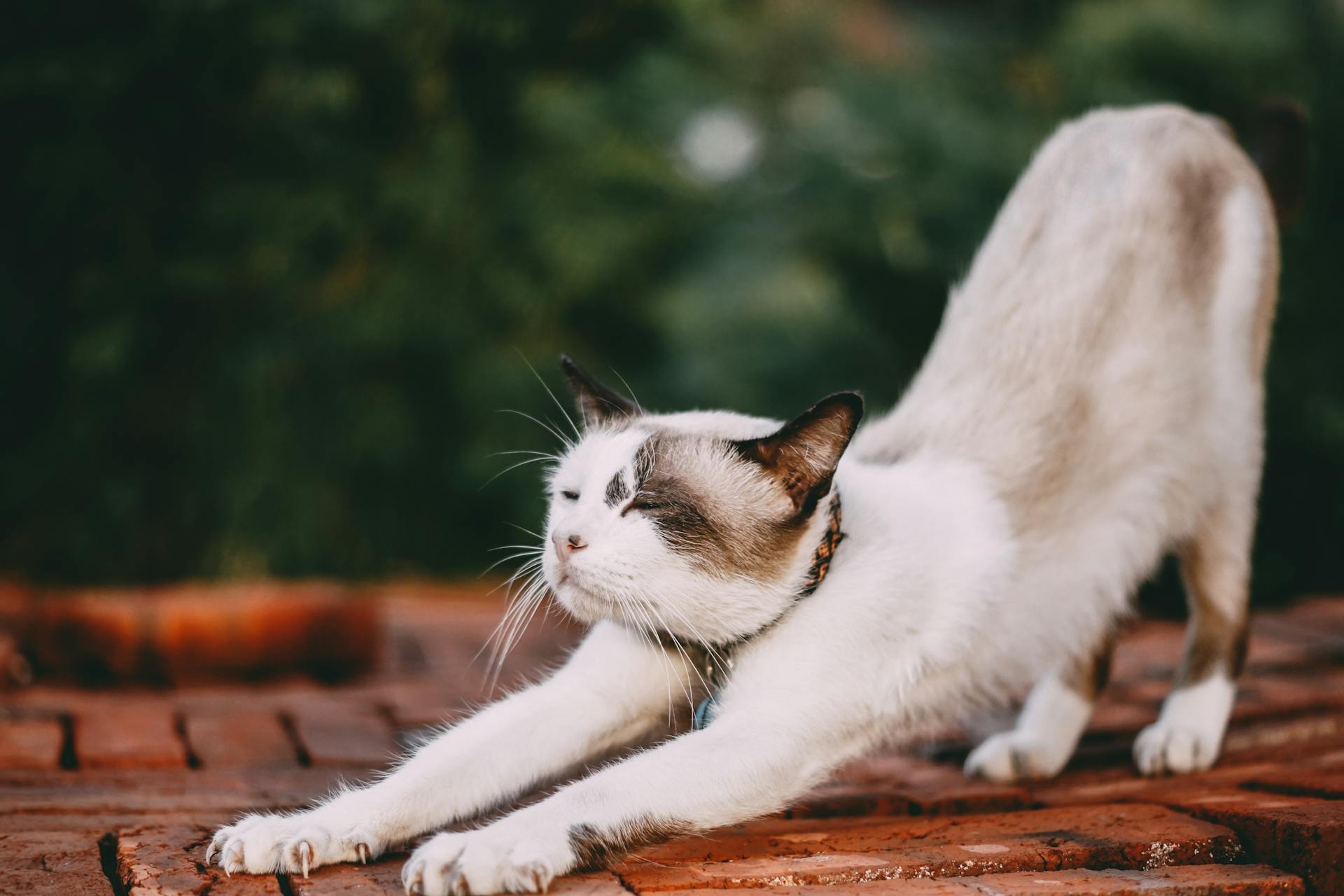
Dogs get the zoomies when they're bored or lack stimulation, and they're looking for something to do. This can happen when they're left alone for too long or don't get enough exercise.
The zoomies can also be a sign of a medical issue, such as hyperthyroidism or anxiety. If your dog is experiencing frequent or prolonged zoomies, it's a good idea to consult with a veterinarian to rule out any underlying health problems.
Some dogs get the zoomies more often than others, especially those with high energy breeds like Border Collies or Australian Shepherds.
Why Dogs Get the Zoomies
Dogs get the zoomies, and it's actually a natural behaviour that's similar to what cats experience. Many dogs display this frenetic random activity period, or FRAP, especially younger dogs or those that are indoor-only.
This burst of energy can happen at any time, but it's often seen in the morning or evening. It's not uncommon for dogs to get over-excited and run around like crazy, destroying furniture and causing a ruckus.
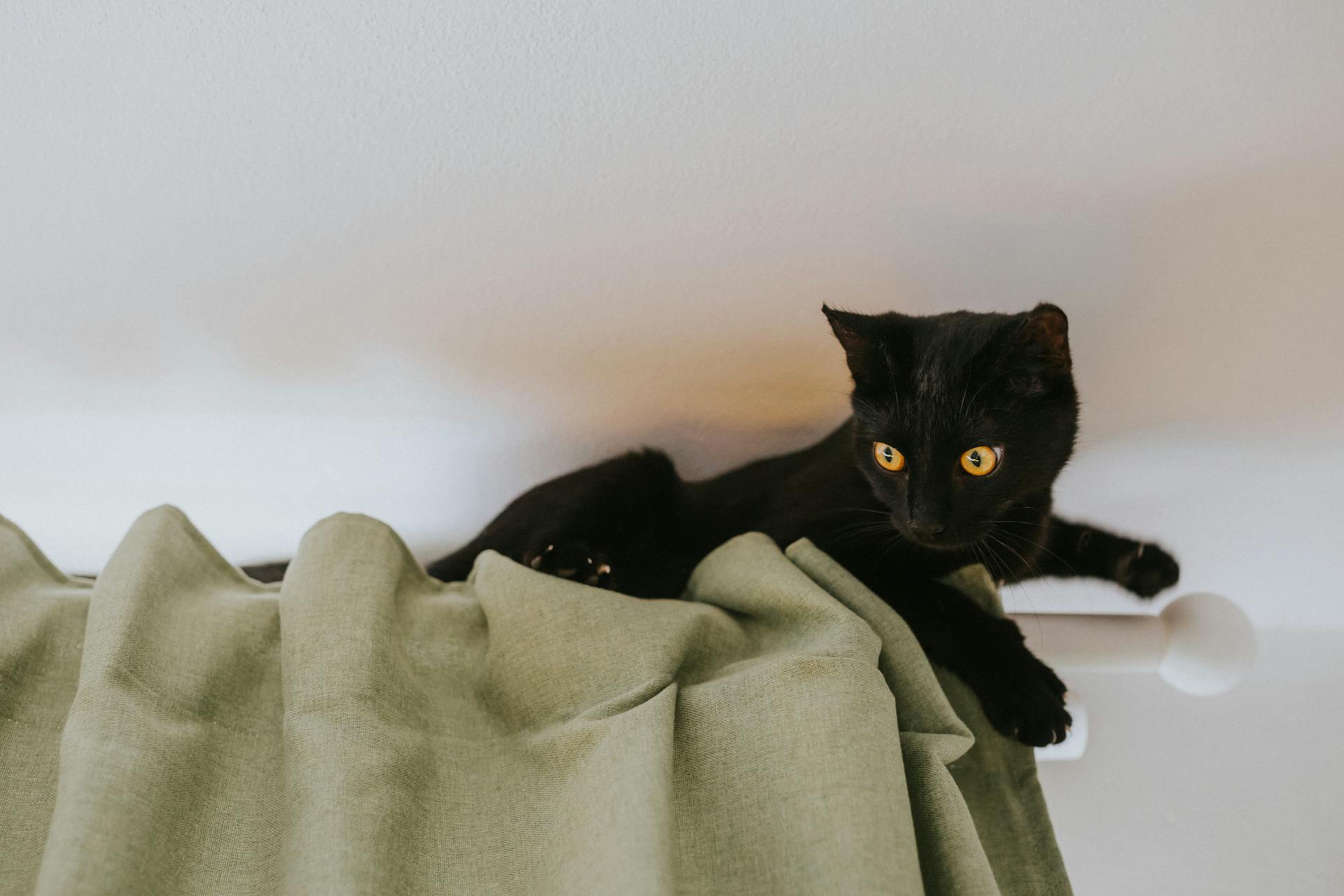
If your dog is getting the zoomies on a daily basis, it could be a sign that they're under-stimulated and frustrated, just like cats. This can be stressful for both you and your dog, and it's essential to find ways to channel their energy.
A simple way to help your dog is to provide more physical and mental stimulation, which can help reduce the frequency and intensity of these zoomies. This can include more playtime, training sessions, and interactive toys.
Understanding Zoomies
Cats are naturally more active at dawn and dusk, which is why you might see bursts of high energy in the morning or late at night.
This behavior is not because they're nocturnal, but rather because they're crepuscular, meaning they're active during these cooler times of day.
If your cat is running frantically around the house for no apparent reason, it's likely due to a natural behavior called a "frenetic random activity period" or FRAP.
This behavior is more common in younger cats or indoor cats, and an occasional burst of "frapping" is quite normal.
However, if your cat is getting the zoomies on a daily basis, it could be a sign that they're under-stimulated and frustrated.
Cats need stimulation, and if they're not getting enough, they might resort to destructive behavior like tearing around the house and destroying curtains.
This can be stressful for both you and your cat, so it's essential to address the issue and find ways to provide your cat with the stimulation they need.
Expand your knowledge: Do Pit Bulls Need a Lot of Exercise
Managing Zoomies
Cats with zoomies are highly aroused, so it's best not to try to chase them or pick them up and cuddle during an episode.
Playing with your cat during a zoomies episode can help redirect their energy and put a stop to the zoomies sooner rather than later.
Short play sessions throughout the day can help keep your cat's energy levels stable and prevent zoomies from occurring in the first place.
Feeding your cat in small amounts often throughout the day can also help keep their energy levels stable, especially for indoor cats.
Cats with zoomies usually only last for a short period, typically around five minutes or so.
If you're worried about your cat hurting herself or breaking something while zooming, you can try enticing them to play with a feather wand toy, jingle ball, or toy mouse.
Don't make the mistake of trying to pet your cat right after a zoomies episode, as they often remain riled up for a little bit afterwards. Give them 10 or 15 minutes to settle down before going in for a snuggle.
Sleep and Zoomies
Cats are crepuscular, meaning they're naturally most active at dawn and dusk, but domestic cats don't rely on hunting skills to survive.
Feeding your cat the moment you wake up in the morning can reinforce her habit of waking you up for breakfast. Try feeding her before you leave for work instead.
Leaving different toys with your cat while you're at work can help her expend excess energy and reduce nighttime antics. Cats may exhibit night-time energy due to pent-up energy, especially if she's a younger cat.
Take a look at this: Dog Blood Work Cost near Me
Why Do Zoomies Happen at Night?
Cats are naturally more active at dawn and dusk, which means they're crepuscular rather than nocturnal. This means that your cat's bursts of energy at night might be their body's natural response to the cooler times of day.
Their wild ancestors would have hunted during these times, so it's only natural that your cat follows suit. I've noticed that my own cat gets the zoomies every morning and evening, and it's clear that it's just her natural rhythm taking over.
Cats are programmed to feel more active during these times, which is why you might see your cat running around the house at night. It's not because they're trying to be loud or annoying, but simply because it's their natural instinct to be more active during these periods.
Expand your knowledge: Tracheal Collapse Natural Treatment
Sleeping Patterns
Cats can sleep for a whopping 12 to 18 hours per day, which is a lot of snoozing!
Domesticated cats will often find a cozy spot to catch some Z's, and it's not uncommon to see them snoozing the day away.
Zoomies are a way for cats to revive and rejuvenate after a long nap, making sure they're properly awake and ready for action.
Why Does It Keep Me Up at Night?
Cats are naturally most active at dawn and dusk, which is known as being crepuscular, not nocturnal. This means they're wired to be more energetic during these times.
Their hyperactive play is an enriching way for them to engage their inner predator, practicing skills they don't actually need in a domestic setting, but it's fun for them nonetheless.
Feeding your cat the moment you wake up in the morning can actually encourage her to wake you up, so try feeding her before you leave for work instead.
Cats may exhibit night time antics for attention, so instead of responding harshly, try remaining quiet and she'll learn more from your silence.
Playing with your cat in the daytime or early evening can help her exert excess energy and settle in for a night's sleep.
Veterinary Care
Your cat's zoomies might be a normal part of their behavior, but if they're zooming much more than usual, it's best to get them checked over by a vet.
Most cats will have zoomies from time to time, but senior cats need extra attention. Watch out for weight loss, hunger, excessive vocalization, abnormal sleep patterns, or other strange behaviors, as these could be signs of hyperthyroidism.
If you can't get to a vet, you can talk to one online through PangoVet. This service provides personalized advice at an affordable price.
Senior cats are more prone to hyperthyroidism, a common condition that can cause weight loss and other symptoms.
Broaden your view: Dog Losing Hearing
Delights the Internet
Cat zoomies and meowing have taken the internet by storm, with many cat owners and enthusiasts sharing their own experiences and funny videos online.
Some cats can run up to 25 miles per hour during a zoomie episode, which is almost as fast as a human jogging pace.
Cat owners often report that their cats' zoomies are usually triggered by pent-up energy, boredom, or excess playfulness.
Watching a cat's zoomies can be entertaining and adorable, but it's also a sign that your cat needs more exercise and stimulation.
Research suggests that cats with more playtime and mental stimulation are less likely to exhibit destructive behavior like scratching furniture.
Sources
Featured Images: pexels.com
